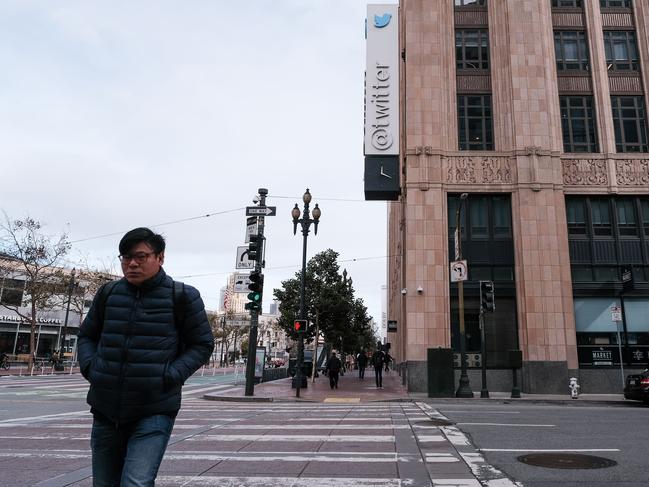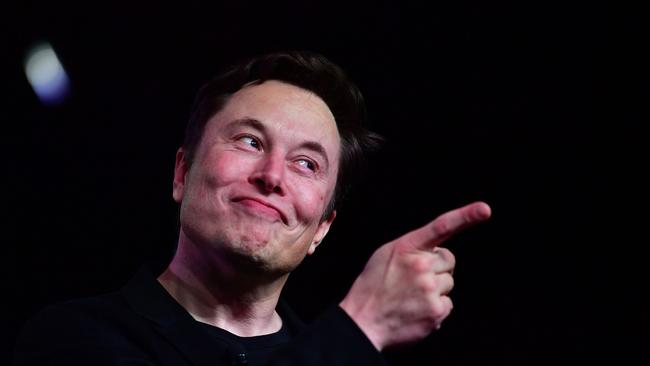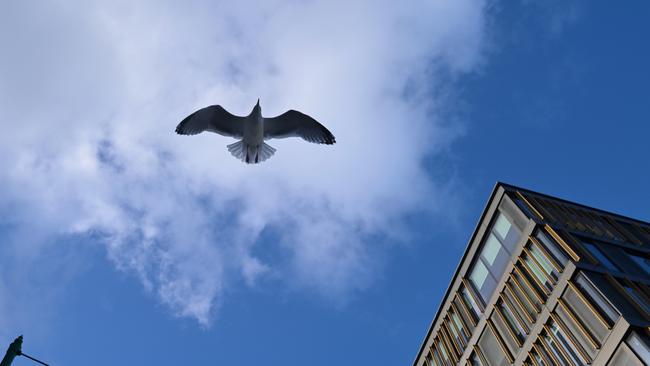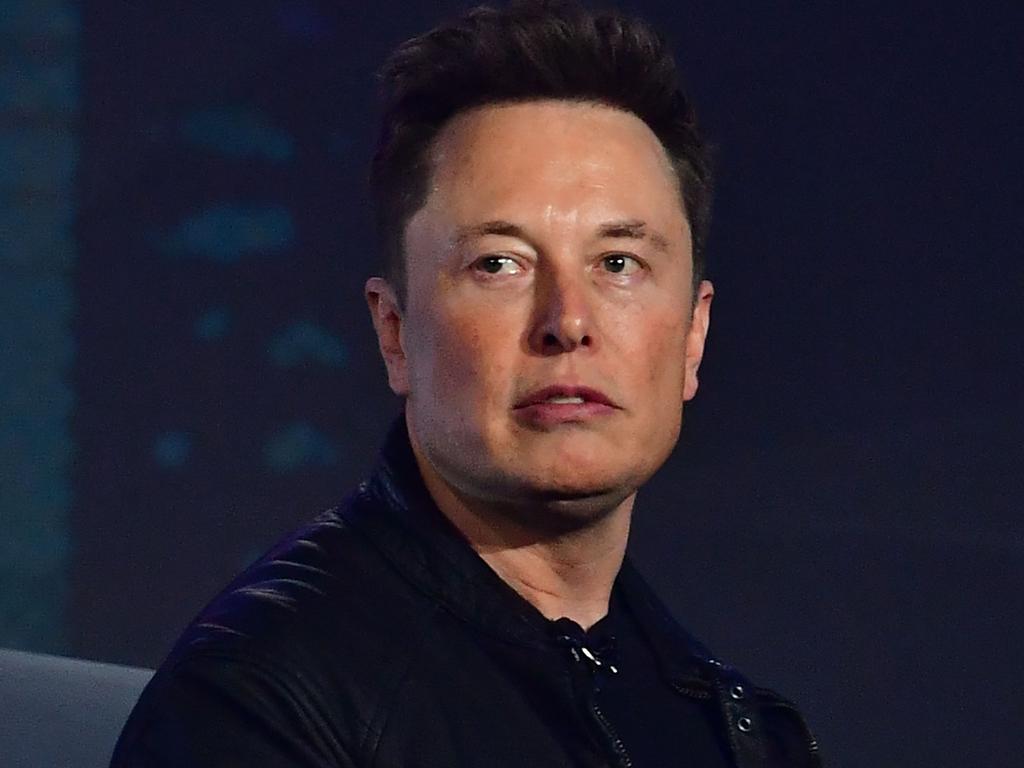Why Elon Musk’s toxic Twitter brew could blow up in his face
Mass lay-offs, bizarre edicts, millions lost every day – was the $US44 billion takeover an experiment too far for the madcap inventor?

On a blustery Friday outside Twitter’s San Francisco headquarters, there was no sign of the utter chaos that Elon Musk had unleashed.
Hours earlier, the world’s richest man fired half the company, about 3700 workers, via mass email. Yet there were no forlorn workers streaming out of the offices carrying cardboard boxes. Instead a smattering of television camera crews and newscasters talked to cameras in front of an empty building.

Musk knew that triggering his corporate bloodletting while humans were in the building would look bad. So he turned off all building passes for the day and ordered everyone to stay at home: the dismissals would be done remotely.
The redundancies brought to a close a surreal spectacle that began the moment the 51-year-old tycoon had, eight days before, walked through the doors jokingly carrying a sink, signalling the close of his $US44 billion ($68 billion) takeover.
Everyone knew a huge round of lay-offs was coming. Indeed, Musk fired most of the executive team within hours of taking possession of the service used daily by 238 million people.
In their place, he brought in a strange war council of outside advisers, investors, sycophants and podcasters.
Also shadowing the world’s richest man: his biographer, Walter Isaacson, who wrote the authoritative works on Steve Jobs and Benjamin Franklin. Last week will be a chapter on its own.
Musk’s council swiftly began making bizarre demands, turning the usually placid environs of Twitter’s capacious, open-plan office – complete with wine on tap, a yoga studio and nap rooms – into what several workers compared to The Hunger Games, the dystopian film about a televised fight to the death.
Engineers were ordered to print out the pages of code they had worked on over the previous 30 days and bring them to Musk as evidence of their worth.
Several hours, and thousands of pages, later, the directive was reversed: shred the pages, bring in your laptop instead.
A director urged staff to code something, anything, to prove their worth, according to Platformer, a tech newsletter.
“At best: you will get some feedback. You may be asked to ship it ASAP," he wrote.
“At worst, you will be asked to stop and work on something else. Even in this case, at least you worked on something you love. Please don’t wait for an opportunity to be handed to you.”
Engineers pulled all-nighters, hoping to keep their jobs in a tech market that has taken a sharp downturn. Half a dozen companies, including Stripe and the Uber rival Lyft, announced mass lay-offs last week. Musk was about to add thousands more jobseekers to the market.
He tweeted on Friday: “Unfortunately there is no choice when the company is losing over $4m/day. Everyone exited was offered 3 months of severance.”
Among some “Tweeps”, as the employees call themselves, an esprit de corps emerged as people helped each other to finish projects. Others claimed credit for work that wasn’t theirs. “Some people definitely took an ‘every man for himself’ approach. It was gross,” one former employee said.
One of Musk’s advisers, the right-wing tech investor and podcaster David Sacks, left his calendar accessible. It became the object of intense interest as workers tried to interpret what his meeting schedule might mean for their jobs.
Engineers were handed impossible deadlines and told that if they did not meet them, they would be fired. Esther Crawford, a project manager given the task of shipping Musk’s new Twitter Blue subscription product by Monday, made headlines when she shared a picture of herself sleeping on the floor of the office. Her team faced dismissal if they missed the November 7 launch deadline.
Bloodletting begins
As the days passed, neither Musk nor his team made an official statement to workers about what was happening until Thursday, a full week after he had taken over and gutted the company leadership.
Eagle-eyed employees noticed that the “day of rest”, a monthly, company-wide break instituted after the pandemic began, was silently removed from their calendars. Later that day, an unsigned email went out: “In an effort to place Twitter on a healthy path, we will go through the difficult process of reducing our global workforce on Friday.”
Workers were told they would learn their fate by nine o’clock Pacific time the next morning, via email. Musk never addressed his newly acquired employees, making the ensuing bloodletting all the more bitter.
Within hours, people began to receive bad news. They were locked out of email. In at least one case, their access was cut off in the middle of a team video meeting. In Britain people stayed up into the night to learn their fate.
Chris Younie, in London, posted a photo of his laptop screen. “Well this isn’t looking promising. Can’t log into emails. Mac won’t turn on. But so grateful this is happening at 3am. Really appreciate the thoughtfulness on the timing front guys.”

The dreaded emails blasted out hours later, and the extent of the carnage began to emerge. Joan Deitchman, a senior manager of the algorithmic ethics, transparency and accountability, posted her parting Slack message: “To whoever finds themselves in this Slack channel after today, know that this was a special team … Go forth and continue this critical work.”
There was no one left, it turns out. Her whole team had gone.
Twitter’s communications desk was almost entirely eliminated, which was not surprising. Musk long ago dispensed with the press department at Tesla, the world’s largest maker of electric cars. He also got rid of the accessibility team, which worked on tools to make it easier for impaired users to interact with Twitter, and cut by 15 per cent the trust and safety team responsible for stamping out political disinformation, propaganda and bullying.
The move worried Washington as it came only four days before the midterm elections.
Yoel Roth, the head of safety and integrity, said that Twitter’s moderation activity was uncompromised, despite the cuts.
“With early voting under way in the US, our efforts on election integrity – including harmful misinformation that can suppress the vote and combating state-backed information operations – remain a top priority,” he said.
Other teams that suffered heavy losses were sales, marketing and machine learning.
Musk’s rush was understandable. The $US13 billion in loans he used to buy the company carry with them a $US1 billion annual interest bill.
Last year Twitter lost $US221 million, and it’s worse this year, apparently. Musk said last week that the company was losing $US4 million a day. He needed to slash costs and boost earnings.
In his haste, Musk has made his job harder. Jo Mackie, head of employment at Lawrence Stephens, the City law firm, said the sackings broke British employment law, which requires consultation at least 30 days before redundancies of 20 or more people.
“What he has done is absolutely illegal,” Mackie said. She said British Twitter employees could take the company to an employment tribunal and be in line for a year’s worth of salary. As of January last year, Twitter employed 280 people in Britain.

Musk’s ham-fisted approach may also have broken employment laws in Ireland, where it employs 500 people in Dublin, as well as in its home state of California.
Richard Grogan, a Dublin solicitor specialising in employment law, said: “In Ireland we have legislation relating to collective redundancy. You have to notify the minister, you then go through a consultation process with staff or their union – it is not a question of here is a done deal,” he said. “Losing your job over email, I’ve never heard of it.”
Lisa Bloom, an American employment lawyer, promised a class-action lawsuit because Twitter failed to comply with California rules that require a 60-day notice period.
“Mr Musk, the storm is coming,” she tweeted.
If only employee lawsuits were his biggest problem. Last week, Sarah Personette, Twitter’s chief customer officer and the woman handling relations with advertisers, the source of 90 per cent of Twitter sales, made public her decision to resign. So when Musk went to meet advertising agency heads in New York to try to assuage their concerns, he was accompanied by the head of Twitter’s US commercial operation. That person was fired later that day.
The evident chaos, combined with Musk’s public pledges to relax content moderation rules, caused several agencies to pause their spending.
Brands such as GM, Volkswagen and General Mills, the food group, also paused.
An alarmed Musk is said to have convened a teleconference with marketing chiefs for Twitter’s big advertisers on Thursday, the night the lay-offs began.
They were said to be so dismayed at the vagueness of his plans, especially about ensuring that problematic content would not show up next to their brands, that more pulled their spending.
The next day, Musk blamed activists like the civil rights groups Color of Change and the National Association for the Advancement of Colored People for what he called “a massive drop in revenue … even though nothing has changed with content moderation and we did everything we could to appease the activists”.
He added a threat, promising a “thermonuclear name & shame” of advertisers who had joined the boycott.
The Network Contagion Research Institute, which analyses social media posts, reported a “prolific surge” in anti-Semitism. It tweeted: “Terms associated with Jew are being tweeted over 5000 times per hour. The most engaged tweets are overtly anti-Semitic.”
Musk said no content policies had been changed and begged people at a New York investment conference on Friday to “please use Twitter”.
Twitter’s new master will also have to take care that his “absolutist” approach to free speech does not foul of the EU’s strict new line on online moderation, a point underlined by Thierry Breton, the industry commissioner, who went on the platform late last month to tweet: “In Europe, the bird will fly by our European rules.”
These allow national authorities to order digital companies to take down content deemed illegal under EU and national law and to demand that platforms review material flagged by users.
In San Francisco, those workers who survived likened it to the day after a nuclear blast. Management gave no word on who was cut. An internal directory was blocked, so people sent emails and messages. If someone responded, they were added to impromptu lists of Tweep survivors.
Thousands of messages simply went unanswered.
Sunday Times






To join the conversation, please log in. Don't have an account? Register
Join the conversation, you are commenting as Logout